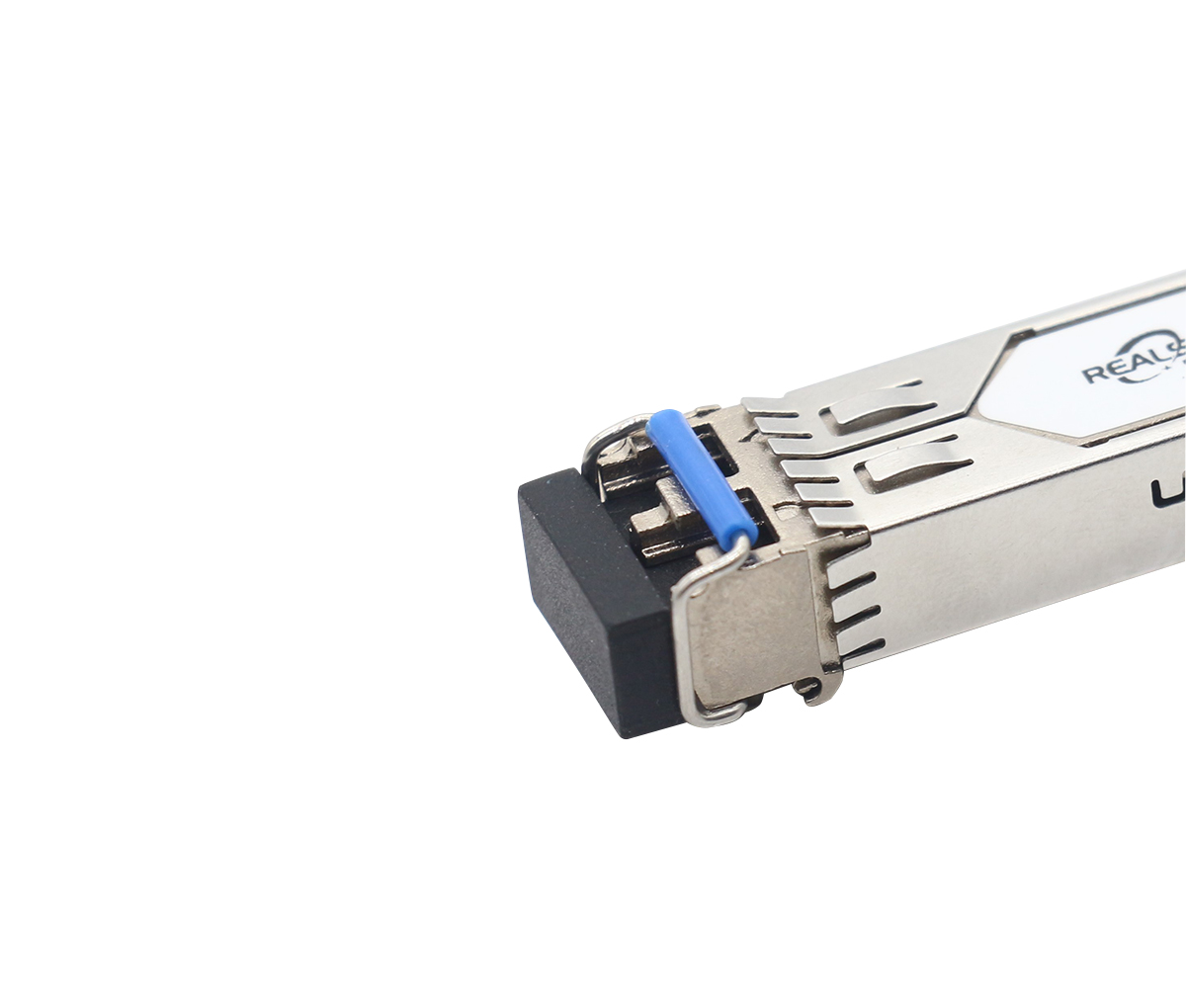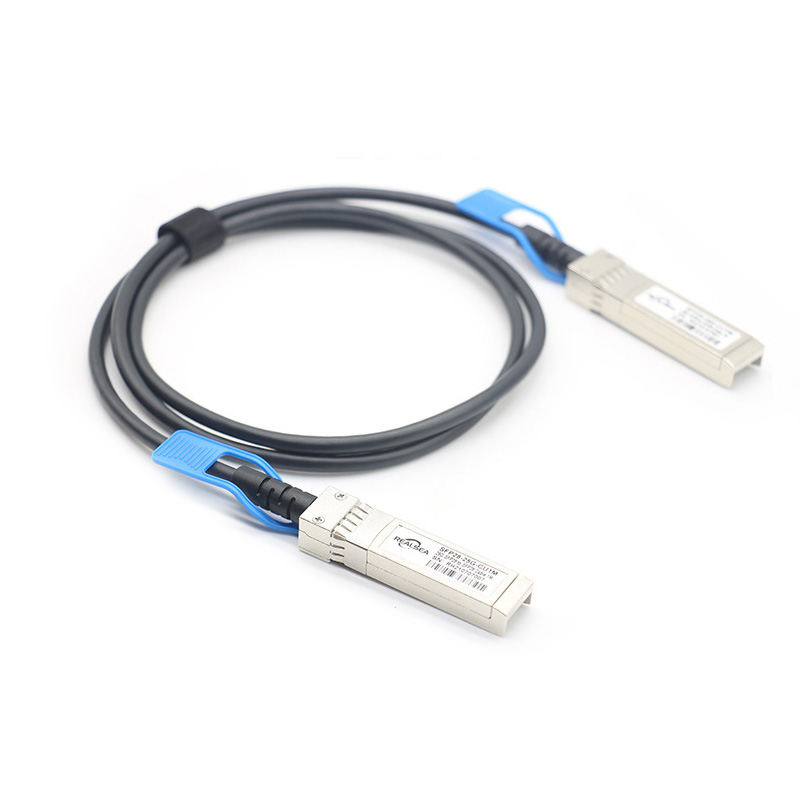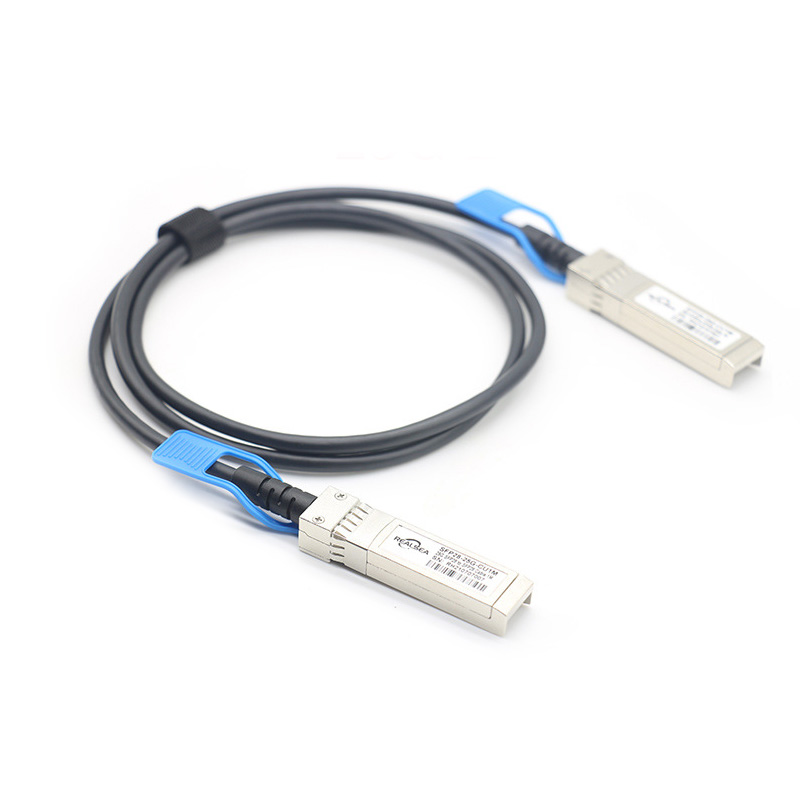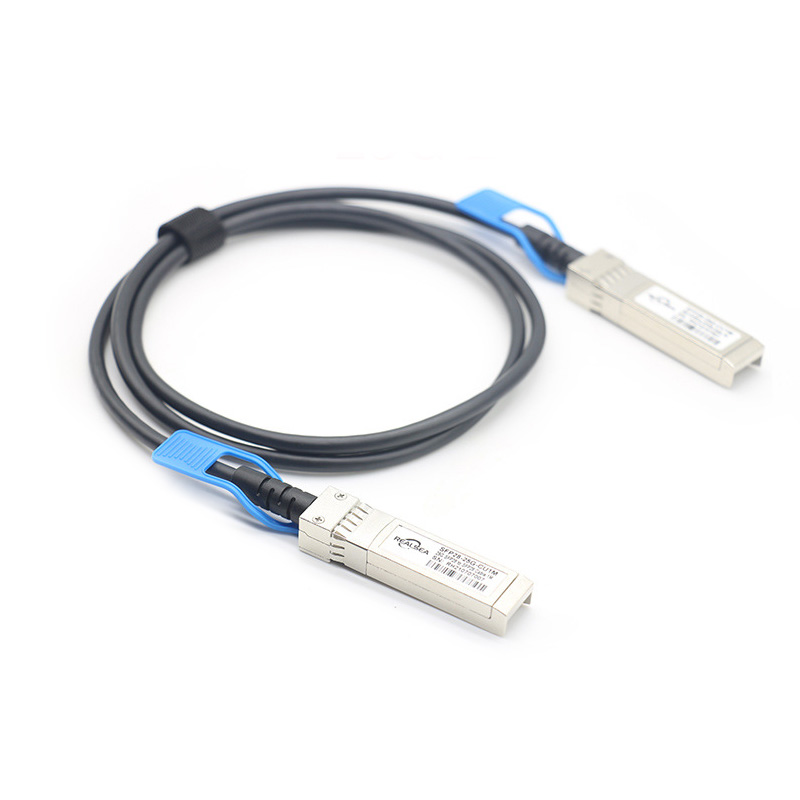Release Date: Sep 15,2022

With the continuous and rapid development of the Internet, various new services emerge one after another, especially the rapid development of IPTV, wireless video and other services, resulting in a rapid increase in network capacity. NEC predicts that by 2015, the demand of each household user will exceed 200Mb/s. In order to cope with the huge pressure brought by the explosive growth of traffic, optical fiber access has gradually become the mainstream technology and development trend of the broadband access network market due to its high transmission rate. However, in terms of broadband fiber access, there is a big gap between our country's network construction level and broadband network penetration rate compared with developed countries. In 2010, the number of fiber-to-the-home users in Japan reached 20 million, with a penetration rate of about 30%. The penetration rate of fiber-optic access in South Korea was nearly 60%, while the data in my country during the same period was less than 5%. This will seriously affect the effective implementation of my country's "Broadband China" strategy. People's desire for higher-speed optical networks has promoted the vigorous development of the entire optical communication industry, and also strongly promoted the independent research and development and innovation breakthroughs of many core technologies including optoelectronic device technology.
At the same time, the competition in the optical communication market is becoming more and more fierce. In the competition of advanced equipment manufacturers at home and abroad, the volume required for communication equipment is getting smaller and smaller, and the interface density contained in the interface board is getting higher and higher. Traditional optical modules with separate lasers and detectors have been difficult to meet the requirements of modern communication equipment. In order to meet the requirements of communication equipment for optical devices, 40Gb/s and 100Gb/s optical modules are developing into highly integrated small packages. Highly integrated optoelectronic modules eliminate the need for users to process high-speed analog optoelectronic signals, shorten R&D and production cycles, reduce component procurement types, and reduce production costs, so they are increasingly favored by equipment manufacturers. From 300PIN in LFF package to 300PIN in SFF package, it may come to hot-pluggable CFP, CFP2, QSFP+ and other packages in the future.
As the package size of the module is getting smaller and smaller, and the performance requirements are getting higher and higher, the functions that can be realized by discrete devices in the past must now be completed by integrated devices. Furthermore, if the integrated optoelectronic devices can be mass-produced, it can reduce the cost and power consumption of the equipment and the entire optical network in a single channel, and promote the realization of "green". Finally, the advancement of optoelectronic integration technology will profoundly change the development path of the domestic optoelectronic industry, change the old path of relying on labor costs and price wars, promote the upgrade of the optoelectronic industry, and improve the core competitiveness of enterprises.
While actively competing with foreign advanced device suppliers in integrated devices, domestic device manufacturers are also actively seeking mutual cooperation, including cooperation between active and passive device suppliers, lasers, detectors and integrated circuit chip supply. The cooperation between businesses, etc., will surely drive the virtuous circle and development of the entire industrial chain. Therefore, optical integration is the only way for the development of optical devices.

25G SFP28 DAC is a 25GBASE-CR direct attach copper cable for data center environment. It provides a high speed, cost-effective alternatives to fiber optics in 25GbE Ethernet applications.

fiber pigtail is typically a fiber optic cable with one end factory pre-terminated fiber connector and the other exposed fiber.

This Article just briefly overviews 10G and 25G Ethernet (25Gb) technologies, focusing on the SFP+ transceiver and SFP28 transceiver.